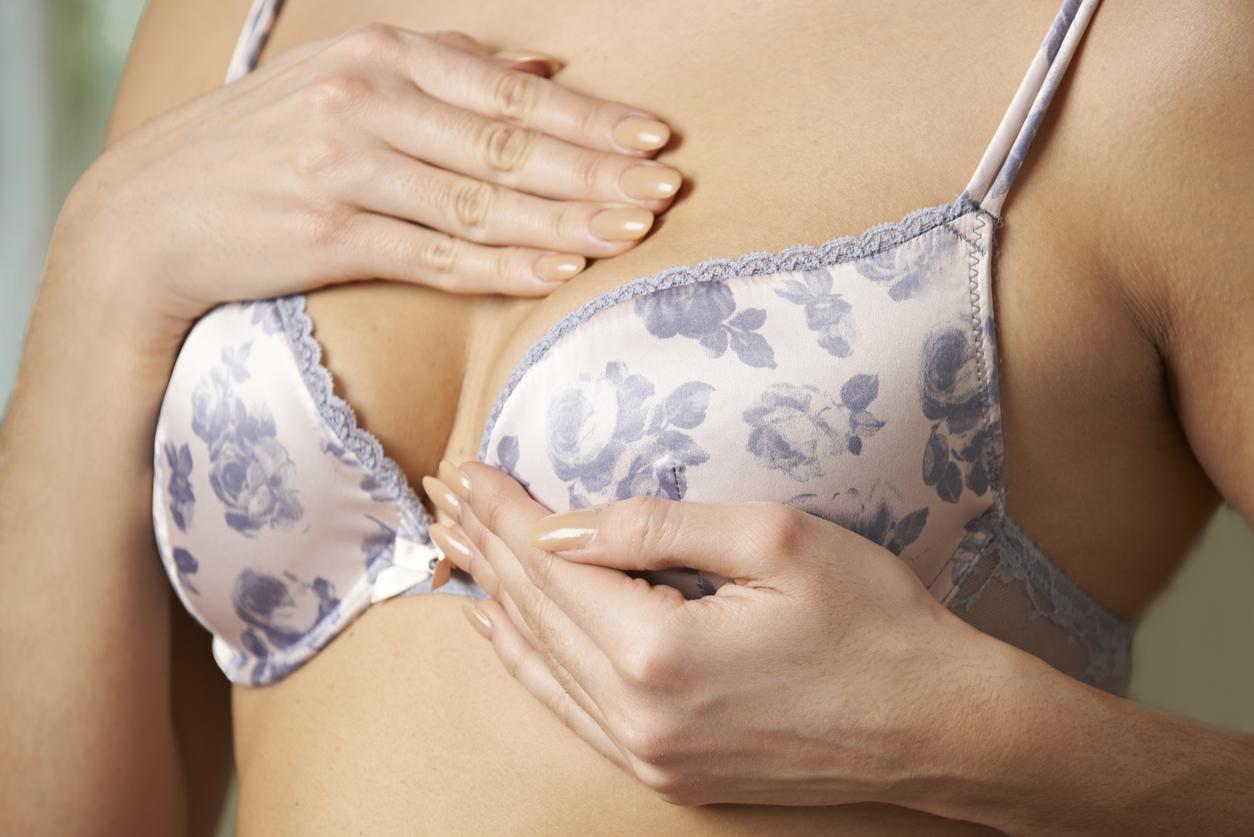18-year-old Mexican student designs bra that can detect breast cancer
He was inspired inspired by his mother’s ongoing battle with the disease

Your support helps us to tell the story
From reproductive rights to climate change to Big Tech, The Independent is on the ground when the story is developing. Whether it's investigating the financials of Elon Musk's pro-Trump PAC or producing our latest documentary, 'The A Word', which shines a light on the American women fighting for reproductive rights, we know how important it is to parse out the facts from the messaging.
At such a critical moment in US history, we need reporters on the ground. Your donation allows us to keep sending journalists to speak to both sides of the story.
The Independent is trusted by Americans across the entire political spectrum. And unlike many other quality news outlets, we choose not to lock Americans out of our reporting and analysis with paywalls. We believe quality journalism should be available to everyone, paid for by those who can afford it.
Your support makes all the difference.An 18-year-old student from Mexico has designed a bra that can help in the early detection of breast cancer and has won top prize at the Global Student Entrepreneur Awards (GSEA).
Julian Rios Cantu said he was inspired inspired by his mother’s battle with the disease which eventually lead to both her breasts being removed.
The bra, otherwise known as EVA, was developed with three friends through his company Higia Technologies, and was created primarily for women with genetic predisposition to cancer.
So how does it work?
Equipped with around 200 biosensors, the bra maps the surface of the breast and is able to monitor changes in temperature, shape and weight.
“Why a bra? Because it allows us to have the breasts in the same position and it doesn’t have to be worn more than one hour a week,” he said in an interview with El Universal.
Rios Cantu says that the biosensors are able to determine thermal conductivity by specific zones. In some instances, heat can indicate more blood flow, which therefore indicates that those blood vessels are ‘feeding’ on something – typically some type of cancer.
“EVA is a network of biosensors that covers the woman’s breast, takes the temperature data, analyses them, and sends the information to an application or any computer,” Rios Cantu said, as quoted by Infobae.
“As soon as there is a malformation in the breast or a tumour, there is an over-vascularization; so to more [flow of] blood, the higher the temperature,” he added.
After beating 13 other student entrepreneurs from around the globe, Rios Cantu took home an impressive $20,000.
Join our commenting forum
Join thought-provoking conversations, follow other Independent readers and see their replies
Comments